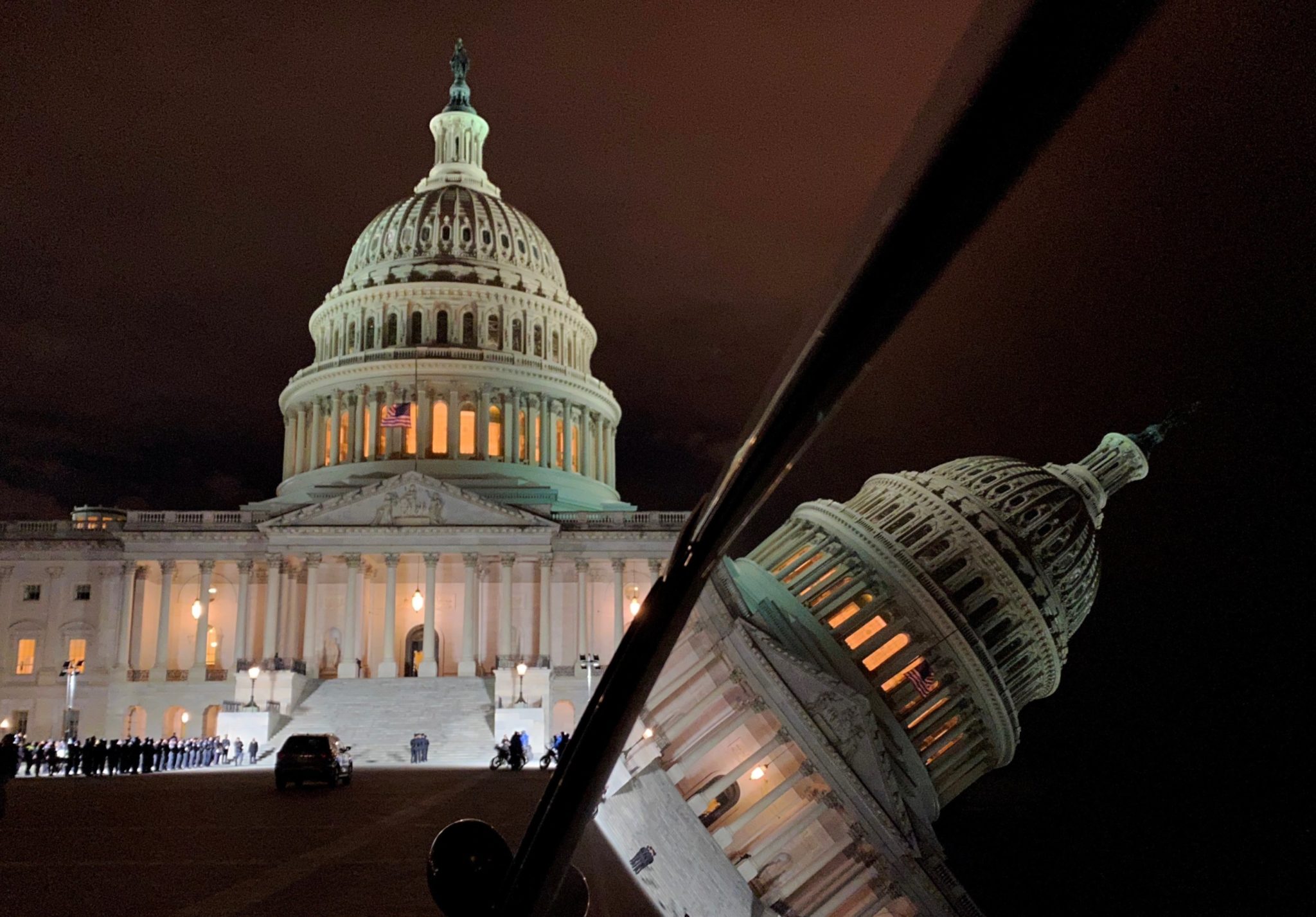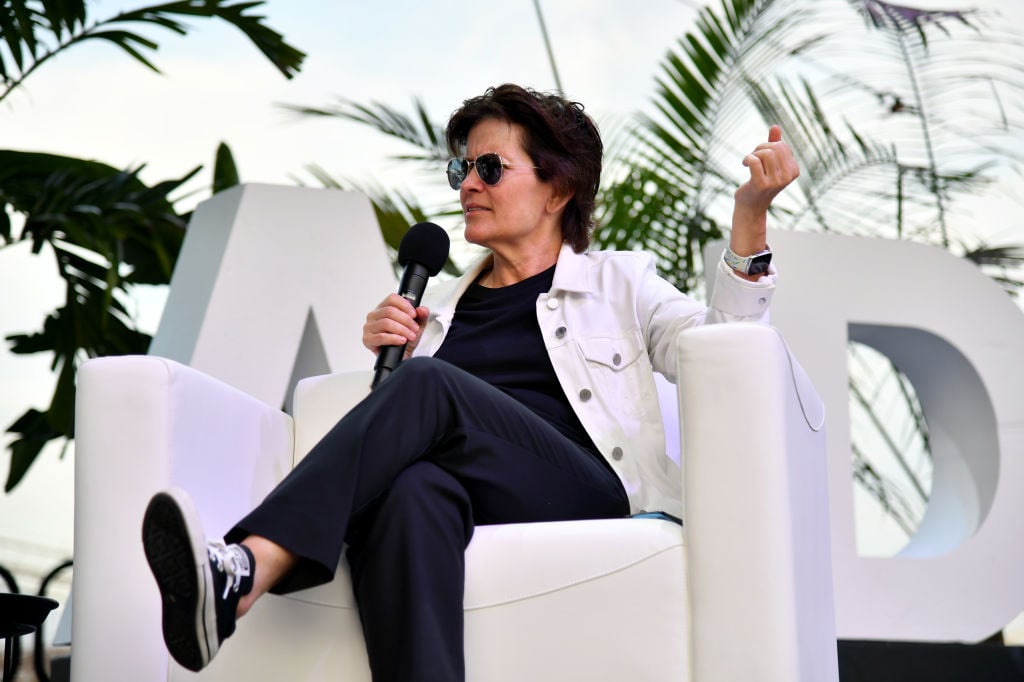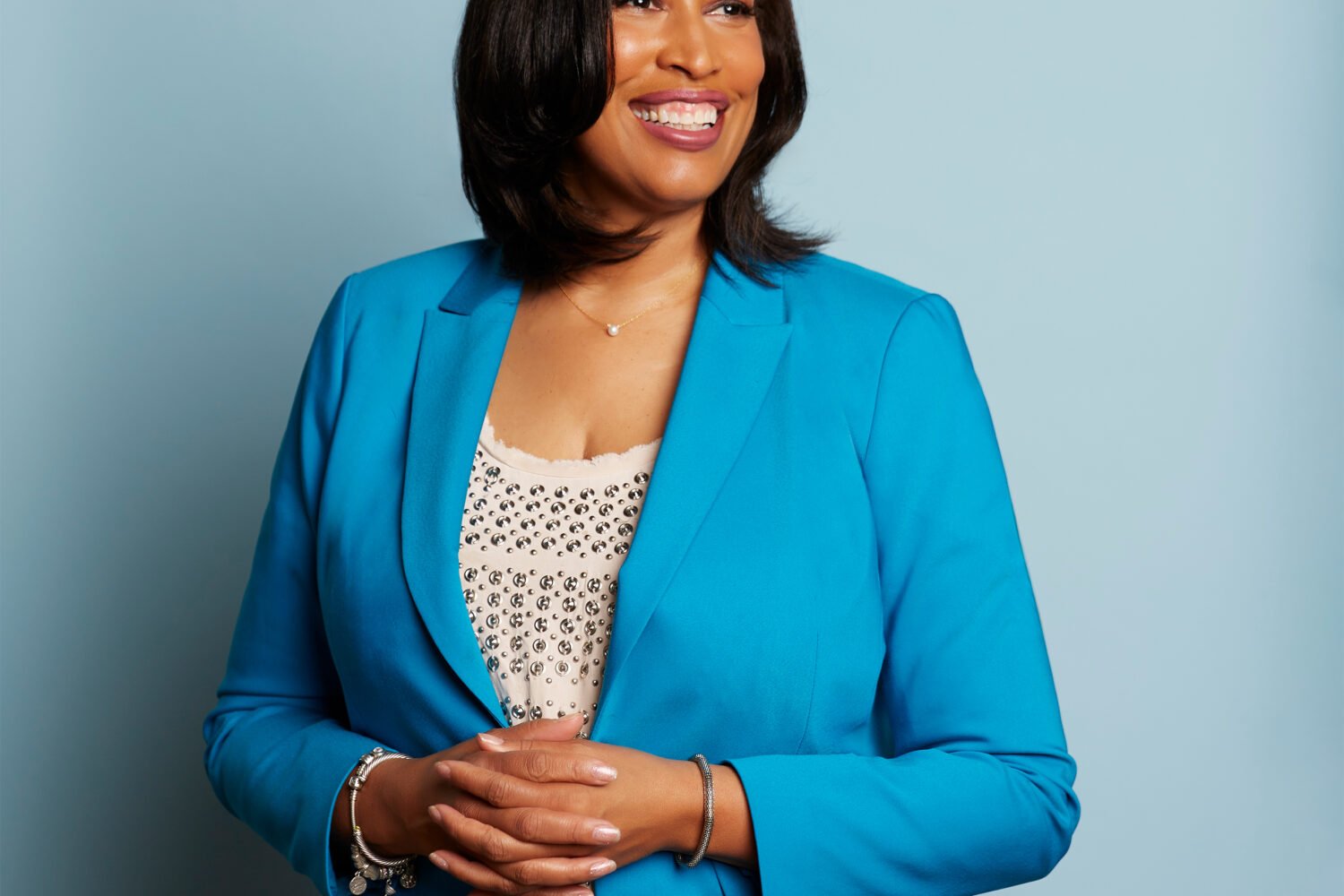Marjorie Taylor Greene, Madison Cawthorn, and Lauren Boebert are relatively powerless in their day jobs—as freshman members of the minority party in the House of Representatives, they’re mostly useful for running up the score when Republicans lose votes in the chamber. Greene, who represents Georgia’s 14th Congressional District, doesn’t even sit on any of the committees that shape legislation, having been booted from her assignments earlier this month for supporting the execution of Democrats and promoting multiple moronic conspiracy theories.
But all three understand that attention is the most valuable currency in Washington, and they’ve lined their pockets with your time and mental energy even before they were sworn in last month. That’s because the US political system, and part of the news business that covers it, are broken in complementary and destructive ways, the academics Joshua P. Darr, Jeremy Padgett, and Johanna Dunaway argue.
Darr, Padgett, and Dunaway analyzed tens of thousands of news transcripts from cable and broadcast networks to find that the House of Representatives “shown on the news is much more ideologically extreme than the actual House.”
That’s a function of two interlocking pathologies, they write: 1) post-Watergate television coverage of Congress allowed members to “reach prime-time audiences and raise their profiles through combative floor speeches”; and 2) “Since news companies primarily seek to attract viewers and boost ad revenue, the conflict and drama stoked by extreme legislators make them a natural fit for this business model.”
The result, they wrote, was that “most extreme groups on each end of the political spectrum were most often given airtime,” with the effect “strongest for conservatives on the far right end of the spectrum.” Remarkably, their data ends at 2013, before Donald Trump trolled his way to the Presidency.
Social media further enables and exacerbates the attention-seeking behavior that leads to polarization, but the biggest culprit is cable news, the academics write, which were “more likely than broadcast to feature extreme legislators.” Altogether, they write, the formula was simple: “pushing the boundaries meant more coverage across television networks.”
You can read their research here.


















